Classification society Bureau Veritas on Monday (8 May) said it delivered an Approval in Principle (AiP) to GTT and Shanghai Waigaoqiao Shipyard (SWS) for the design of a Liquefied Natural Gas (LNG) dual-fuel Very Large Crude Carrier (VLCC).
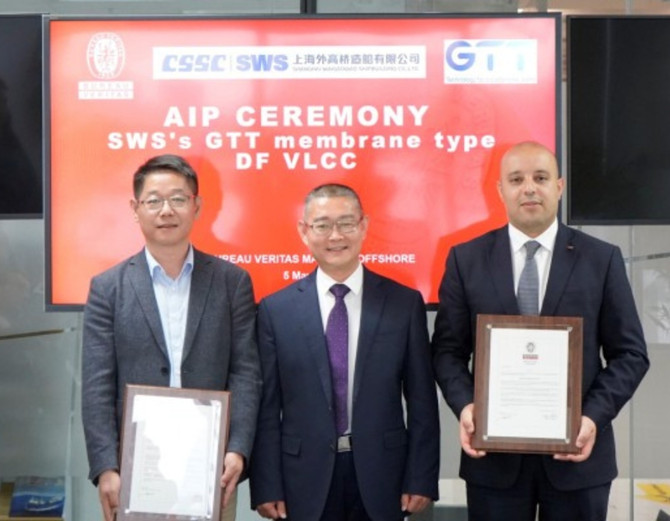
[Photo credit: Bureau Veritas]
This approval is part of a Joint Development Project (JDP) initiated in May 2022, and was successfully carried out by Shanghai Waigaiqiao Shipyard (SWS) and Bureau Veritas (BV).
The greater operational flexibility offered by this new 10,000 m3 capacity fuel tank concept, enables owners and charterers to conduct round trip voyages between the Middle East, Asia, and Europe with just one LNG bunkering operation.
The fuel tank is located below the main deck to avoid exposure to bad weather and the risk of piracy, while lowering the centre of gravity of the propulsion systems. It features Mark III membrane containment technology, developed by GTT.
In addition to its operational benefits, the new LNG dual-fuel VLCC concept complies with key environmental requirements. Its Energy Efficiency Design Index (EEDI) is more 37% under the baseline, its Nitrogen Oxides (NOX) emissions meet the IMO’s Tier III requirements, and its Carbon Intensity Index (CII) is projected to be rated A by 2030.
Adnan Ezzarhouni, General Manager of GTT China, said: “We are delighted to be granted with this AiP by Bureau Veritas with whom GTT has had a close partnership for many years. Following our successful references in LNG-fuelled container and cruise vessels, we are pleased to offer this fit-for-purpose membrane tank solution to the LNG-fuelled tanker market.”
Alex Greg-Smith, Senior Vice President Chief Executive, Marine & Offshore North Asia and China, Bureau Veritas, said: “Our knowledge of LNG as fuel was mobilised from the design phase for this dual fuel VLCC. From plan approval to classing the vessel – Bureau Veritas experts played a key role in ensuring this sophisticated tanker can take to the seas safely. Dual fuel carriers open a window into what the future of the maritime energy transition will look like. A new generation of VLCCs will contribute both to maritime decarbonization as a whole and to the reduction of scope three emissions in countless other sectors.”
Source:
Manifold Times
The opinions expressed herein are the author's and not necessarily those of The Xinde Marine News.
Please Contact Us at:
media@xindemarine.com


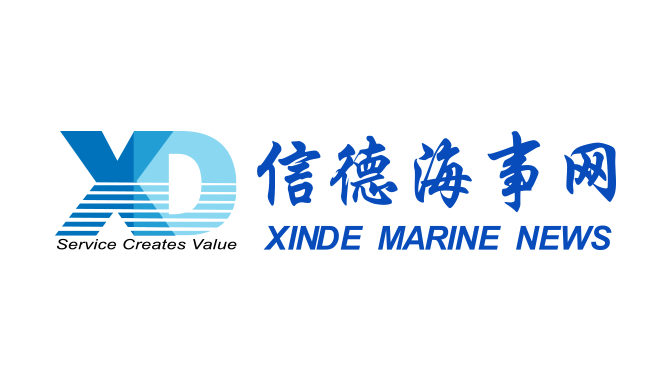 WOODSIDE AND CHINA RESOURCES AGREE LONG-TERM LNG SU
WOODSIDE AND CHINA RESOURCES AGREE LONG-TERM LNG SU 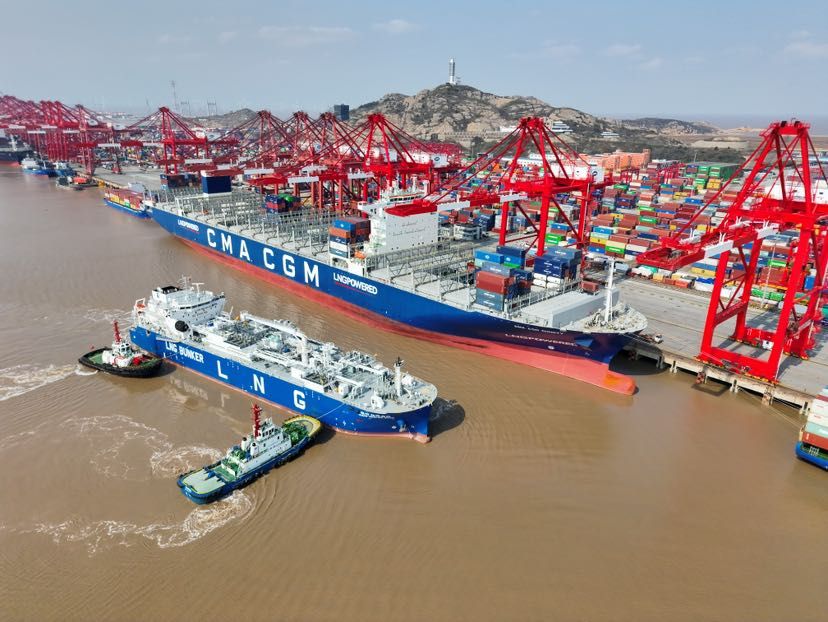 Shanghai Yangshan Port Bunkered Two LNG Powered Con
Shanghai Yangshan Port Bunkered Two LNG Powered Con 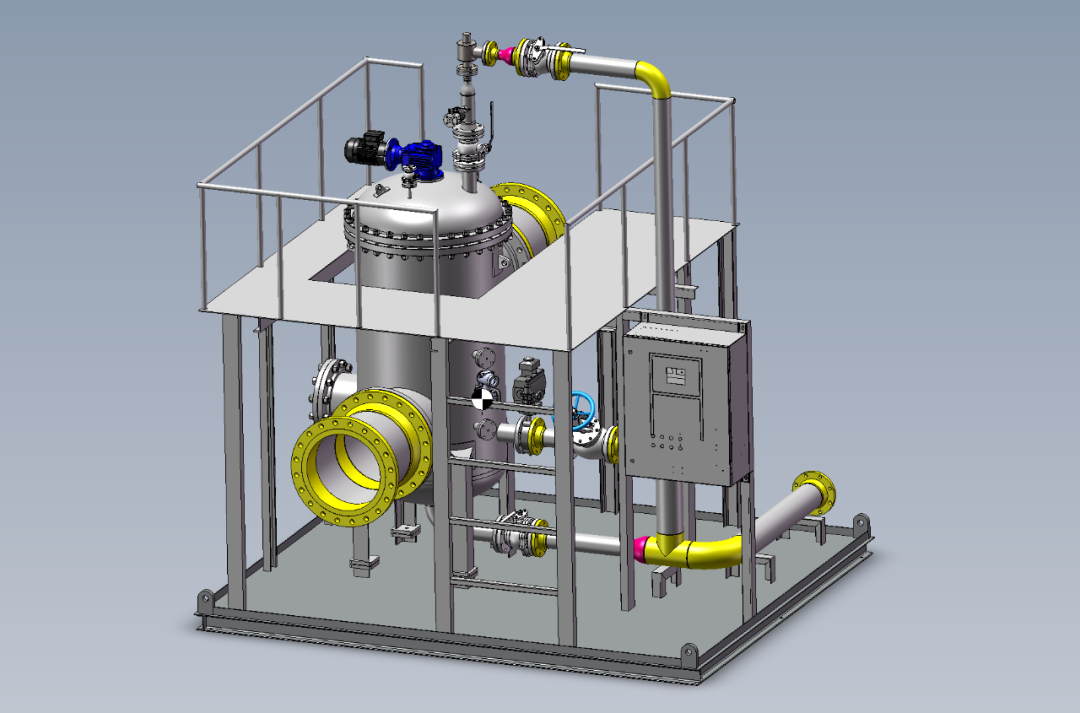 Headway successfully delivers filtration skid solut
Headway successfully delivers filtration skid solut 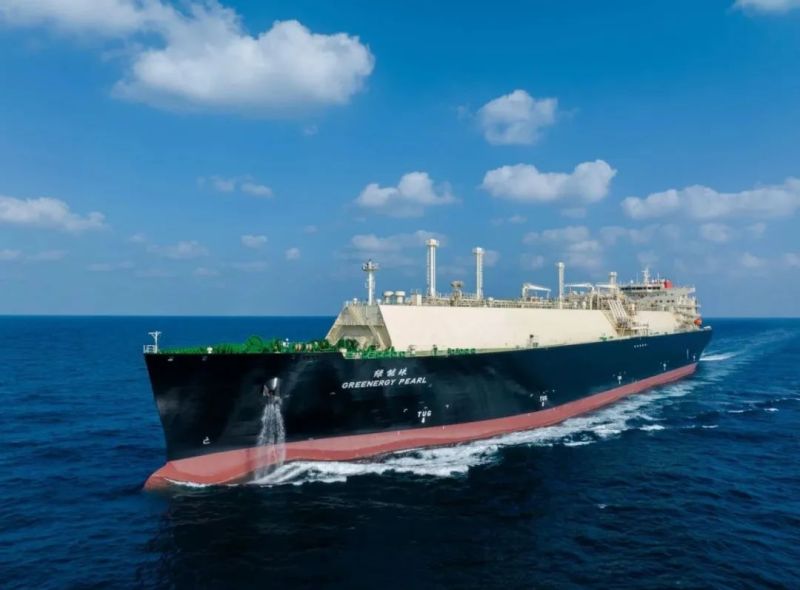 Celebrating the Launch of “Green Energy Pearl” –
Celebrating the Launch of “Green Energy Pearl” – 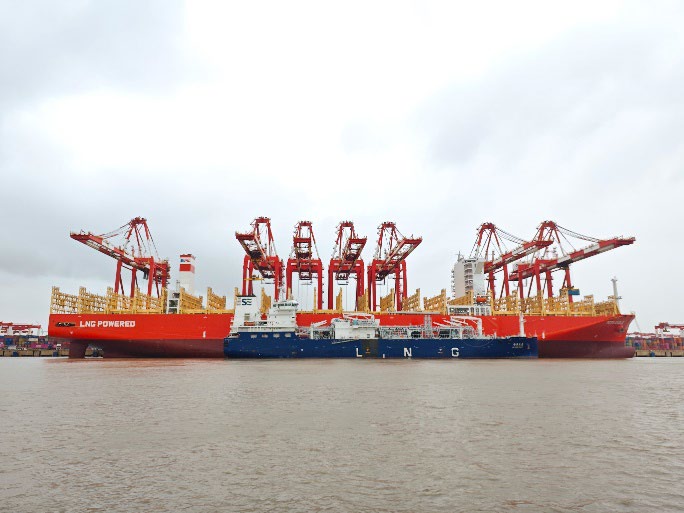 PIL and SSES complete the inaugural LNG bunkering o
PIL and SSES complete the inaugural LNG bunkering o 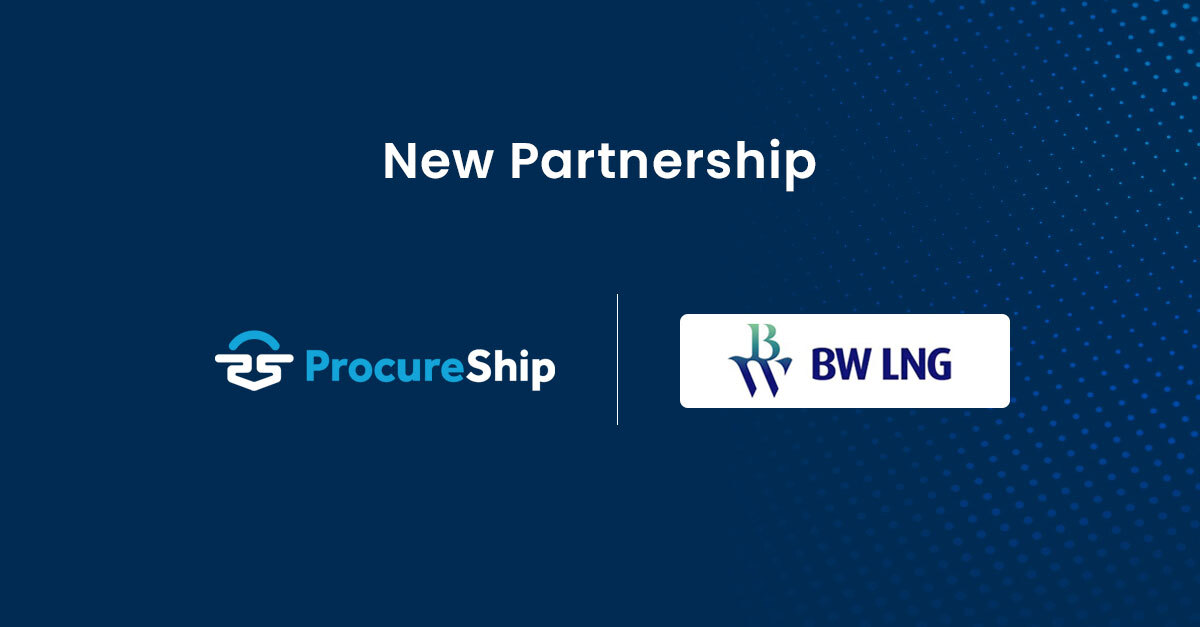 BW LNG secures e-procurement deal with Procureship
BW LNG secures e-procurement deal with Procureship